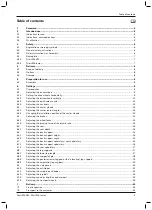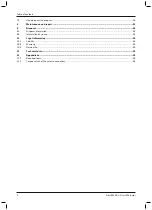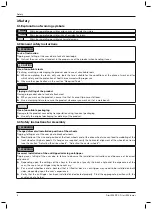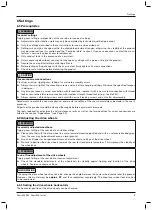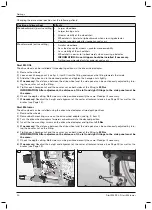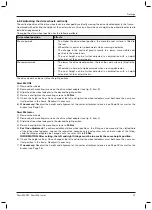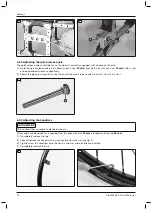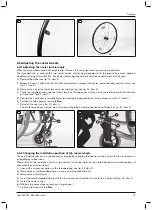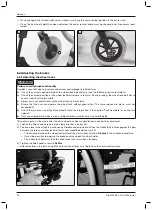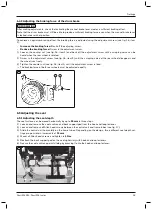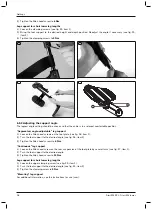
1 Foreword
INFORMATION
Last update: 2020-01-08
►
Please read this document carefully before using the product.
►
Follow the safety instructions to avoid injuries and damage to the product.
►
Instruct the user in the proper and safe use of the product.
►
Please keep this document in a safe place.
INFORMATION
►
New information regarding product safety and product recalls as well as the declaration of conformity can be
obtained at oa@ottobock.com or from the manufacturer’s service department (see inside or outside of rear
cover for addresses).
►
Report all serious incidents that have occurred in connection with the product, both to the manufacturer (see
rear cover for contact information) and to the relevant authority in your country.
►
You can request this document as a PDF file at oa@ottobock.com or from the manufacturer’s service depart
ment (see inside or outside of rear cover for addresses). The PDF file can also be displayed in a larger size.
Initial adjustments to the product were made according to the order form. Nevertheless, fine adjustments and set
tings may have to be made depending on the medical situation or the user’s requirements.
These instructions for use provide the information necessary for adjusting the settings. This work should be closely
coordinated with the user.
Please note the following:
•
The instructions for use (qualified personnel) are intended only for qualified personnel and remain with them.
•
The operation of the product and functionality of the options are described in the instructions for use (user).
These instructions for use must be given to the user.
•
The manufacturer recommends checking the product settings regularly in order to assure an optimum fit over
the long term. A review is required every six months for children and youths in particular.
•
The installation of all optional components is generally described in the service manual.
•
The manufacturer reserves the right to make technical changes to the model described in these instructions for
use.
2 Intended use
2.1 Indications for use
The wheelchair is intended solely for everyday indoor and outdoor use by people who are unable to walk or have a
walking impediment and for operation by the patient or another person.
The product is suitable for users whose anatomy (such as body dimensions and weight) permits the intended use
of the product.
The wheelchair may only be used with the options listed on the product order form.
Ottobock assumes no liability for combinations with medical devices and/or accessories from other manufacturers
not included in the modular system.
Combinations based on a combination agreement that have been evaluated for effectiveness and safety are an
exception to this.
The safe use of the wheelchair can only be ensured if it is used as intended in accordance with the information
contained in the instructions for use (user). The user is ultimately responsible for accident-free operation.
2.2 Indications, contraindications
See the instructions for use (user) for more information about indications and contraindications.
2.3 Qualification
Installation and adjustment tasks as well as repairs and inspections may only be carried out by qualified personnel.
5
Start M4 XXL, Start M6 Junior
Foreword



